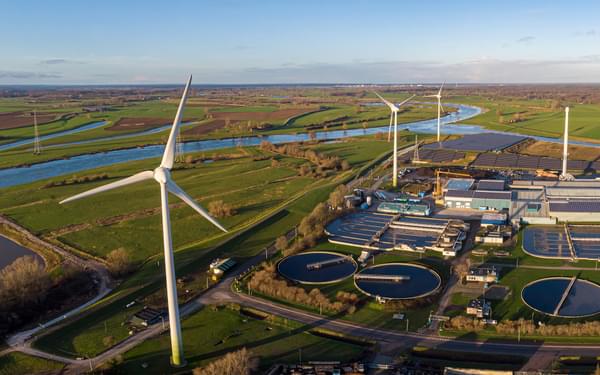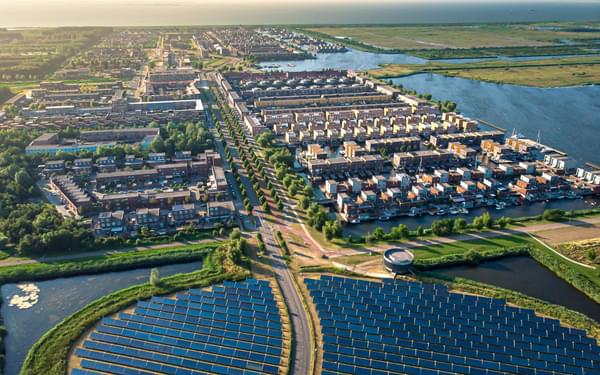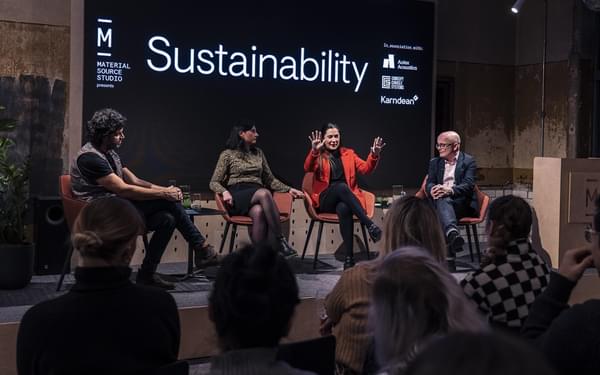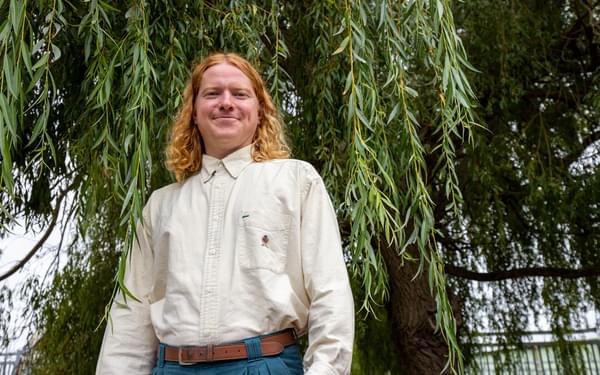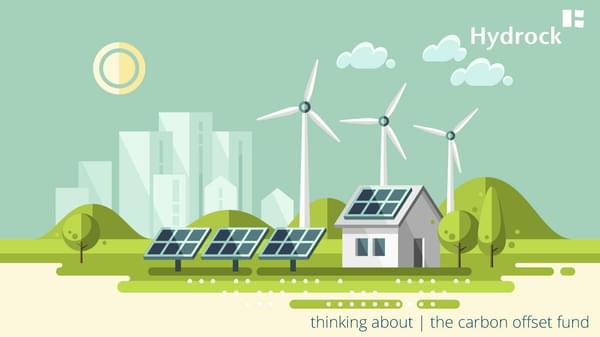Back to Articles
Get 'fund-ready' to access latest government-backed energy efficiency grants
Craig Anderson \ 2nd Jan 2024
The government has announced funds in excess of £2bn to help the public sector and social housing providers cut energy waste and decarbonise.
Is it enough? Will the administrators be over-whelmed by applications? And how will you be best-placed to secure grant funding to support your decarbonisation plans?
Hydrock's Craig Anderson and Ellie Kuitunen have the answers to help your case stand out from the crowd.
PSDS and SHDF funding confirmed
As announced in mid-December 2023, more than £1bn will sit under the Public Sector Decarbonisation Scheme (PSDS), and £1.25bn is allocated to the Social Housing Decarbonisation Fund (SHDF).
The schemes are run by the Department for Energy Security and Net Zero. Salix Finance act as the delivery agent for what are referred to as Phase 4 of PSDS and Wave 3 of SHDF running from 2025 to 2028.
Competition for funds hots up
Phase 3C of PSDS, now closed, had £230m available. It received 443 applications to the total value of £1.3bn.
"Organisations and their leadership teams are much more clued up to the availability of grant funding, and the importance of investing in energy efficiency schemes to meet their declared net zero targets" says Craig Anderson, director in Hydrock's smart energy and sustainability business.
"Totalling multi-millions of pounds, we compiled applications for a number of local authorities and public sector bodies in autumn 2023, as part of Phase 3C of the PSDS funding window.
"Those applications all aim to make schools, hospitals and other public buildings, warmer, greener and cheaper to run to help stretch funds to other important investments. However, the sheer scale of applications made, and how much their value dwarfed the available funds, is sobering.
"It means your application needs to be robust, compelling and ready to go" declares Craig.
The window for these funds will open in autumn 2024. Organisations who don't prepare until close to the deadline will face the double challenge of securing buy-in for match-funding internally, and a lack of resource and time both internally and from professional advisory teams. This can result in poorly completed applications that don't secure funds, given the intense competition.
First come, first served
Salix Finance has already confirmed that applications will be assessed, and grants awarded, based on the order in which they are submitted, ie ‘first come first served’.
It places emphasis on being 'fund-ready' to make the application as soon as the window opens.
We anticipate that the funding will be split into two or three windows as per Phase 3, which ultimately reduces the amount of money available each time.
Funding from the Low Carbon Skills Fund to support the preparation of a submission is likely to be available from summer 2024, but as Craig warns, that leaves preparation very late: "Organisations under-estimate the scale of data and information needed for a successful application. Our advice is start now - it's as simple as that."
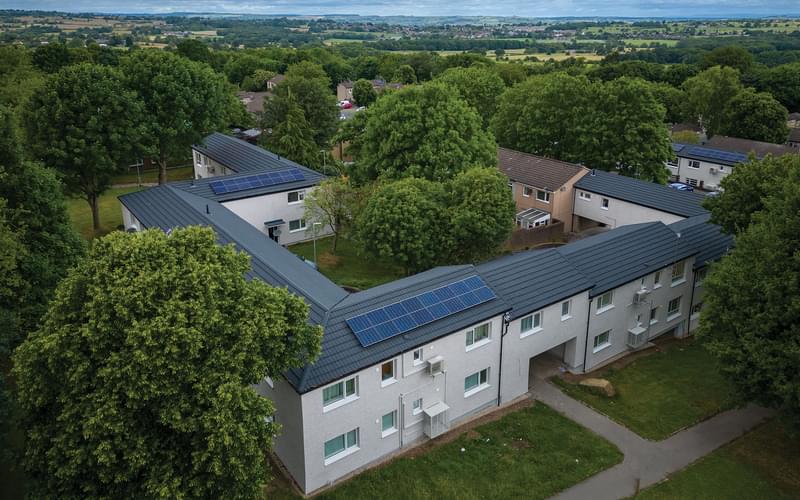
Preparation, preparation, preparation
Our mantra to clients is to be 'fund-ready' so that you can seize the opportunity.
Ellie Kuitunen, principal energy and carbon consultant at Hydrock, has seen the challenge and opportunity of securing funding from both sides, as a consultant and previously working 'in-house' for Manchester City Council leading a city-wide retrofit plan for social housing. She says: "Whilst the fund doesn't open until autumn 2024, building up a baseline of energy consumption from social housing, or from across a range of public buildings, takes time,
"Demonstrating that you have a robust baseline, you've worked out the areas of most impact, costed the retrofit work, identified the procurement process and, in the case of the SHDF, secured internal match-funding - this all takes time. If you're to successfully apply to these limited funds, the preparation starts now.
"Being prepared is also important for when your funding application is successful because you need to be ready to direct your efforts to tenant engagement on social housing projects and to mobilise your overall programme."
PSDS and SHDF - what is my project eligible for?
PSDS provides grants to enable public sector organisations to invest in clean energy, typically including heat pumps, electric heating, connections to low carbon heat networks and upgrades to electrical infrastructure. It also typically supports energy efficiency measures such as insulation, glazing, ventilation, LED lighting and building management systems.
SHDF applies to eligible housing landlords, including local authorities and housing associations. It enables them to fund the installation of energy efficiency measures and low carbon heating such as heat pumps in socially-rented homes.
Under the SHDF, proposed projects will need to be match-funded, usually to at least 50% of the projected costs. This means engagement with internal stakeholders is key. Budgets for 2025 will be set well in advance, so the data and costs for improvements need to be identified early to secure the required internal support and match-funding. The funding is key to helping low-income families enjoy warmer, healthier homes, lower bills and a better environment.
"The route to success, which ultimately helps the public sector reach their stated net zero targets, is a thorough understanding of all the dynamics influencing an estate" says Ellie.
"We advocate a data-led, dashboard-style presentation of all the key metrics. It helps to visualise how investment in maintenance, improvement and efficiency programmes should be prioritised and managed.
"Taking the time to prepare adequately and at an appropriate level of granularity will identify where grant funding can be used most effectively. It enables the case to be made in a compelling style to secure the required funds, both from government programmes and from internal match-funding for the SHDF initiative."
Six steps to be Salix 'fund-ready'
To maximise your chance of success in the next phase of PSDS and SHDF, we recommend:
- Understand the range of data needed, and map out how to access this data.
- Identify time, resources and steps required to gather and analyse the data.
- Capture and integrate behavioural insights and key decisions alongside estates and sustainability metrics.
- Set baselines, identify worst performing areas and map against areas offering easiest potential solutions.
- Identify and cost solutions, understand benefits, and establish procurement channels ready for action when funding is secured.
- Establish programme governance and support from key stakeholders.
Craig's advice is clear: "Ditch the scramble for resources and channel time now into building a stellar application to make the most of this opportunity. The government has committed to supporting energy efficiency measures, so start gathering evidence and shaping a strategy to be fund-ready as soon as you can."
For support on PSDS and SHDF funding applications please speak to Craig Anderson, Ellie Kuitunen, or George Barnes.




